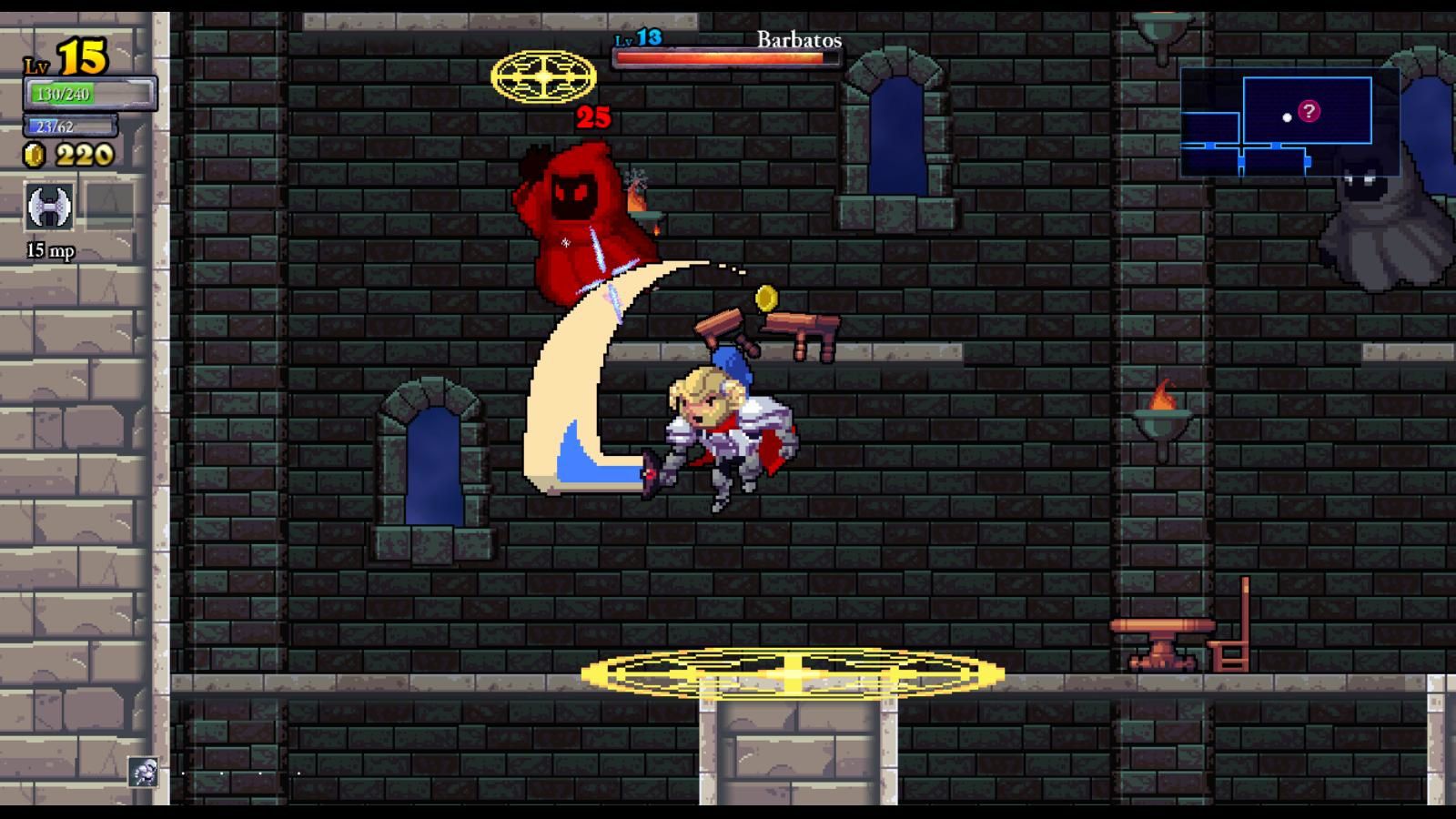
It does get rather samey after a while, though. Character classes are differentiated by minor but evocative embellishments: mages have beards (even the ladies, ha), spellswords’ blades don’t appear until they swing, and so forth. “Retro” is a popular style right now, and RL follows the fad without any substantial missteps. It’s a pleasant 16-bit-like style, with pixely sprites, chiptune music, and palette-swapped enemies and equipment.

Additional flourishes like an ever-growing hall of family portraits contribute to the feeling that you’re carrying on an actual, well, legacy, not rewinding time and trying again.Īesthetics: The look and feel of Rogue Legacy are perhaps its least notable parts. The conceit is that each hero who dies assaulting the castle leaves behind successors, new generations of explorers sworn to take up the quest where others have failed.Īs if that weren’t ingenious enough, the game keeps things fresh by letting you pick from three randomized children each generation, who sport character classes with strengths and weaknesses, as well as odd “traits” that may have aesthetic (like “nostalgic,” which turns the game sepia-toned) or game-mechanical (like “dextrocardia”, which switches the values of your health and magic pools) effects. Rogue Legacy adopts the innovations of Roguelikes such as Shiren the Wanderer, where achievements managed on one run of the castle (such as unlocking new equipment or defeating a boss) carry through to your next attempt, even if the layout is reshuffled and the monsters respawned.
#Rogue legacy sprites full
You jump, double-jump, dash, swing swords, and throw spells while exploring a procedurally generated castle full of traps and hostile critters, breaking furniture to find loot, and clinging to your meager reserve of health points as long as you can… for when you run out, you’re toast, and need to start the castle all over again. Gameplay: Rogue Legacy is an homage to two traditions of games at once: roguelikes, where levels are randomly generated and character death is permanent (no reloading saved games after a Game Over) and the brand of sidescrolling action-RPGs exemplified by Castlevania: Symphony of the Night and its successors.


 0 kommentar(er)
0 kommentar(er)
